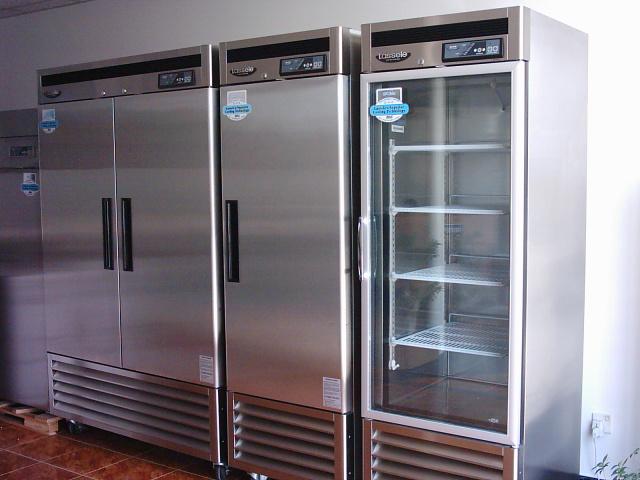I was doing my rounds with
DC Insight customers and he shared a story of how their DC Insight monitoring system saved them from another potential operation breakdown.
Data Center Manager, Jim (named changed to preserved customer's anonymity), and his crew was taking care of their data center as usually when all of a sudden, they received alerts on multiple server in-take temperature was rising above their threshold temperature.
With the first alarm, the shift leader, Tom (also not his real name), quickly bring up the map showing the location of the sensor relative to their floor plan is in "Alarm" state. This visual cue is important, as it give the operator insight into whether the issue has a locality aspect to it.
In a few clicks, Tom also brought up the historical reading of the sensor to see whether this is a trend.
Within a few minutes, he notice the rise in temperature spreading very quickly. Tom had a bad feeling about this. Oddly enough, he quickly spotted from the visual map that the supply temperature sensor of the CRAH units are also showing alarm state, which has never happened before.
Tom quickly go ahead and turn on other back up CRAH units and lucky enough, the rack in-take temperature sensors gradually go back to "Normal" status, indicating temperature at rack in-takes are back to acceptable level. However, the temperature sensors at the CRAH supply are still showing high temperature alarms.
Armed with these charts and data, Tom was able to quickly compile a detail report and send it to Jim, the data center manager.
With these detail maps, charts and data, it was not hard for Jim to realized that there is something wrong with the cooling facilities. Long and behold, Jim found out that due to a corporate directive to save energy by some X%, the building management went ahead an raised the chilled water temperature for the entire building!
So here is why, high density temperature monitoring at a data center is important. While many data center do have temperature sensors, they are usually far and few, and positing at places which do not correlate much to what matter most - the server in-let temperature.
Secondly, these sparse sensors are usually deployed by building management team, which means the data center operators do not own them. Due to the dynamic nature of data center, temperature may fluctuate quite a bit across the day and throughout the year. Because data center operators don't own the monitoring system deployed by building management, they do not have the ability to tune the threshold of these sensors to suit the data center environment. If this issue is not address, operators may get into the habit of ignoring alarms.
While operators may dismiss 1 or 2 building temperature sensors throwing high-temperature alarms for various reasons, it is hard to ignore a case where operators can physically see the high temperature alarms spreading across their data center.
Bottom line, the DC Insight wire-free approach provides data center with the ability to deploy as many sensors around their data center as required very economically. If you have seen DC Insight in action,
contact us for a demo or proof-of-concept trial deployment at your site today!















